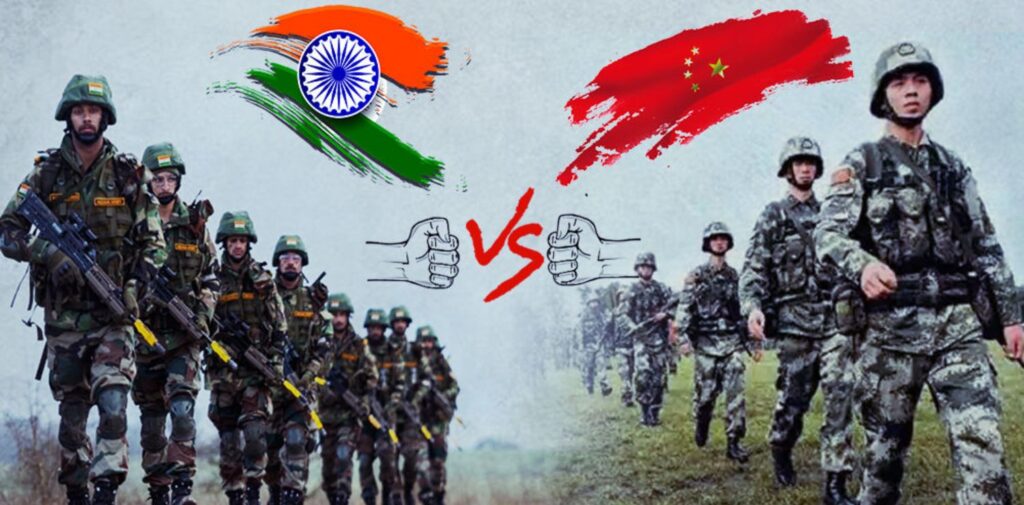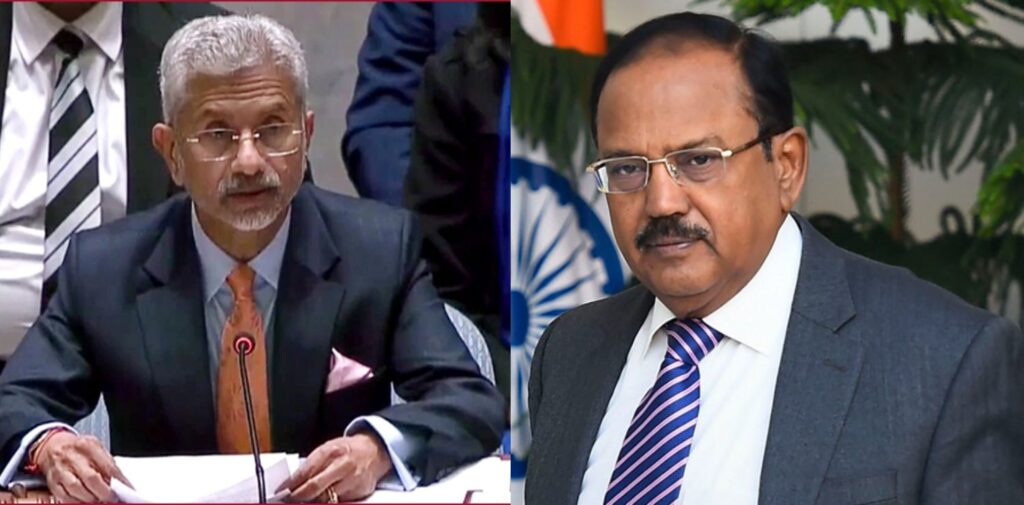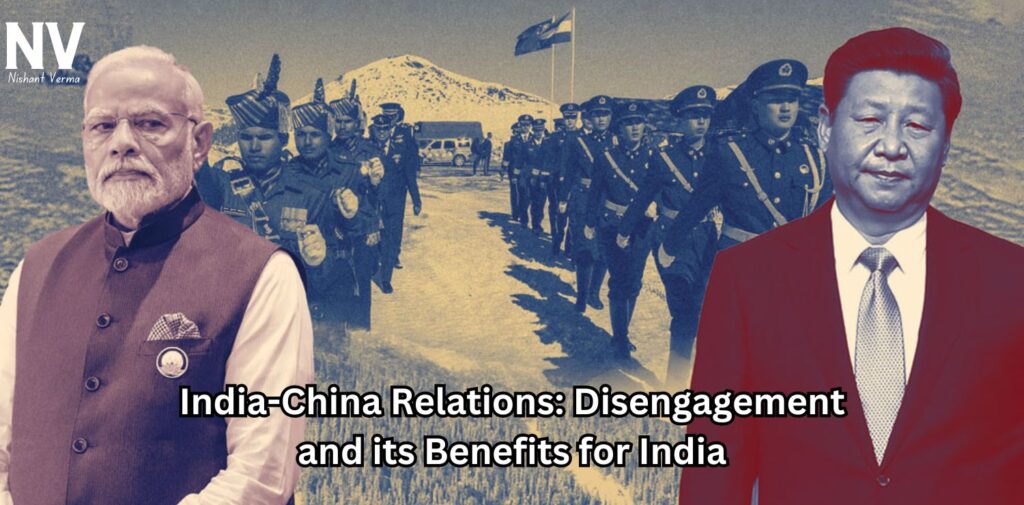The long-standing tensions between India and China, especially along the Line of Actual Control (LAC), have seen numerous ups and downs over the past decades. The two Asian giants, despite sharing cultural, historical, and economic ties, have frequently found themselves at odds due to territorial disputes. The situation in the Galwan Valley in 2020 reignited these tensions, bringing to light the fragile peace that exists between the two nations. However, recent developments, particularly in terms of troop disengagement, signify a positive turn. This article will delve into these developments, highlight the key milestones, and explore the broader implications for India, particularly how these moves benefit India’s strategic, economic, and geopolitical standing.
The Context: India-China Border Dispute
The India-China border dispute is deeply rooted in the ambiguities surrounding the demarcation of the LAC, especially in the Western (Ladakh) and Eastern (Arunachal Pradesh) sectors. The Galwan Valley clash of June 2020, where both nations lost soldiers, marked the first deadly confrontation in over 45 years. This confrontation heightened tensions, leading to significant military build-up from both sides. Diplomatic efforts were initiated soon after to defuse the situation, with both nations aiming to prevent an escalation into a full-scale war.

Over the past few years, numerous rounds of military and diplomatic talks have taken place. Both countries have sought to arrive at a solution that ensures peace without compromising territorial sovereignty. Foreign Minister S. Jaishankar’s recent statement that “75% of disengagement issues with China have been sorted” sheds light on the substantial progress made.
The Disengagement at Key Locations
According to the Indian Ministry of External Affairs, disengagement at four critical points along the LAC, including the Galwan Valley, has been completed. These areas had become flashpoints for potential clashes and were heavily fortified by both sides. The significance of the disengagement in these areas cannot be understated, as they not only mark a de-escalation in tensions but also signal a commitment from both sides to work towards a more stable and peaceful relationship.
In recent meetings, Jaishankar and National Security Advisor (NSA) Ajit Doval have been central figures in negotiations with China’s leadership. Their efforts have yielded tangible results in areas like Hot Springs, Gogra, Pangong Tso, and Galwan, where disengagement processes have been implemented. However, the challenges remain, especially with certain unresolved issues in Depsang Plains and Demchok.
Diplomatic Achievements: Jaishankar and NSA Doval’s Role
Foreign Minister Jaishankar’s recent statement highlights that India has made significant progress, addressing 75% of the issues related to disengagement. This is a milestone, especially when considering the complexity of negotiations with China, which has historically been resistant to unilateral concessions. Jaishankar’s open warning to China emphasizes India’s firm stand on not compromising its territorial integrity. It also signals to the global community that India is committed to resolving disputes through dialogue but remains prepared to defend its borders.

NSA Ajit Doval’s recent talks with China’s Wang Yi have also been pivotal. Doval, known for his expertise in strategic affairs, has ensured that India’s core interests are safeguarded while working towards restoring peace along the LAC. His diplomacy, along with Jaishankar’s, is a testament to India’s balanced approach of firmness combined with dialogue.
Economic and Geopolitical Benefits for India
Strengthened Strategic Position: The disengagement has solidified India’s position along the LAC, particularly in areas like Galwan and Pangong Tso, where strategic heights were secured by Indian forces. This ensures that India is not just reacting to Chinese moves but is actively setting the terms for negotiations. The restoration of the status quo ante in many regions provides India with a sense of security and greater control over its territory.
Peace and Stability in the Region: For India, stability along the LAC is crucial. A continued military standoff would have drained resources and kept a significant portion of India’s armed forces tied up in the region. With the disengagement process underway, India can now refocus its military strategy on other pressing concerns, particularly its maritime boundaries. Additionally, peace in the region ensures that civilian activities, including infrastructure development, can continue without interruptions.
Economic Implications: The reduction in border tensions allows India to focus more on its economic recovery post-pandemic. The standoff had strained trade relations with China, leading to boycotts and restrictions on Chinese goods. While India has successfully reduced its dependence on Chinese imports in certain sectors, the disengagement opens the door for more stable trade relations, benefitting industries that rely on Chinese raw materials or technology. Moreover, peace on the border allows India to allocate its defense budget more judiciously, ensuring funds are available for both defense modernization and economic development.
Boosting International Credibility: India’s diplomatic handling of the border dispute has enhanced its global standing. By engaging in dialogue, even while dealing with an aggressive neighbor, India has showcased its commitment to peace. This approach resonates well with the international community, particularly in the Indo-Pacific region, where many nations view China’s assertiveness with concern. India’s role as a stabilizing force in the region, combined with its partnership in forums like QUAD, enhances its stature as a responsible global power.
Strengthened Ties with Allies: The border disengagement with China has allowed India to pivot its focus towards strengthening ties with key allies like the United States, Japan, and Australia. The ongoing Indo-Pacific strategy, which aims to counterbalance China’s influence in the region, receives a significant boost when India is not bogged down by border tensions. With fewer distractions on the LAC, India can more actively participate in joint military exercises, trade deals, and diplomatic initiatives in the Indo-Pacific.
Long-Term Strategic Vision
The disengagement process, while beneficial, is not the end of the road. India remains wary of China’s intentions, particularly its Belt and Road Initiative (BRI), which poses a challenge to India’s regional ambitions. India’s infrastructure projects, such as the development of the Chabahar port in Iran and the International North-South Transport Corridor (INSTC), are geared towards countering China’s influence. The disengagement gives India the breathing space to pursue these projects with renewed vigor.

Moreover, India’s focus on ‘Atmanirbhar Bharat’ (self-reliant India) aims to reduce dependence on Chinese goods and technology. This vision, combined with a more stable border situation, will enable India to emerge as a manufacturing hub, attracting investments from global corporations that are wary of China’s unpredictability.
Conclusion
The disengagement between India and China marks a critical juncture in the long-standing border dispute. It signals the potential for a more peaceful future between the two nations, even as they remain competitors on the global stage. For India, the benefits are manifold – from enhanced security and economic stability to increased diplomatic leverage on the world stage. However, India must remain vigilant, as China’s long-term intentions remain unclear. Through continued diplomatic engagement, military preparedness, and economic resilience, India can ensure that it emerges stronger from this period of conflict, well-positioned for the challenges of the 21st century.




